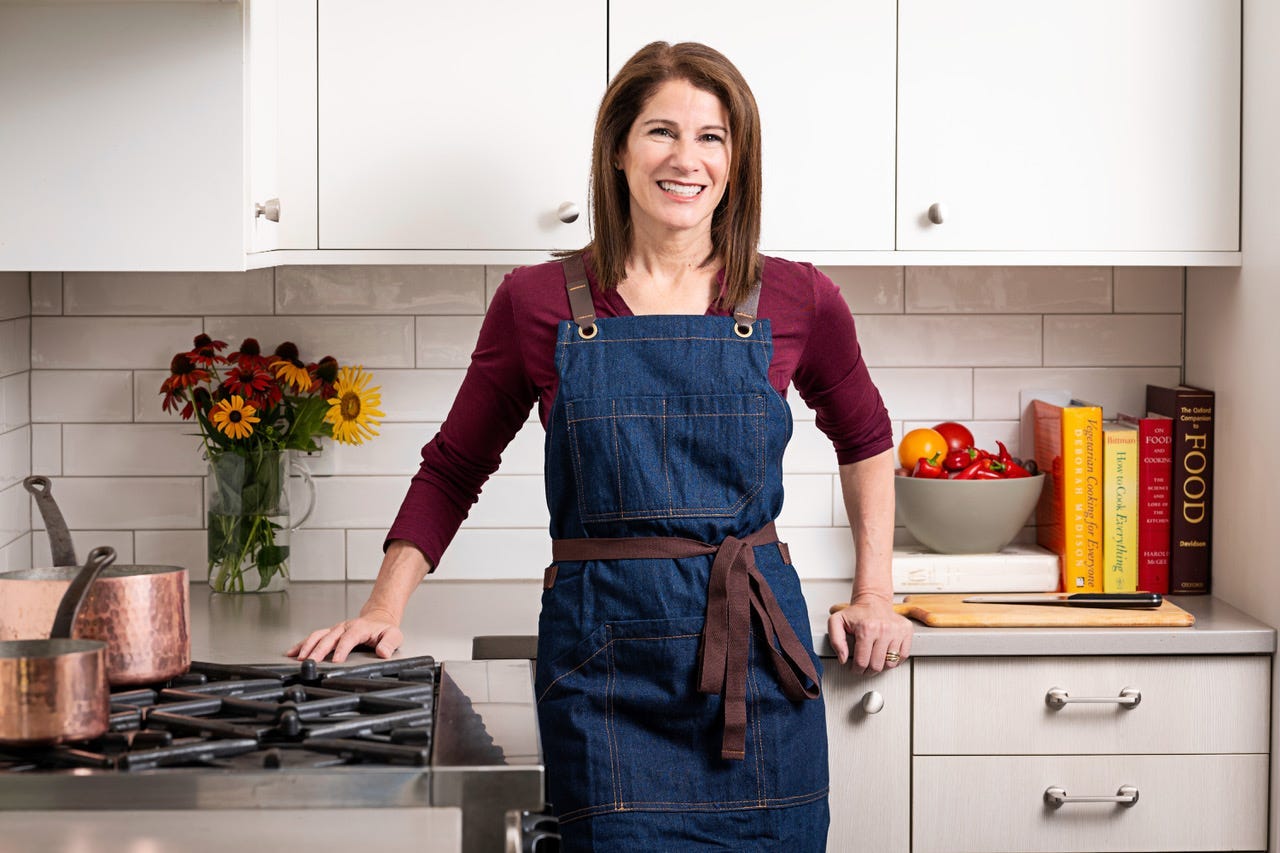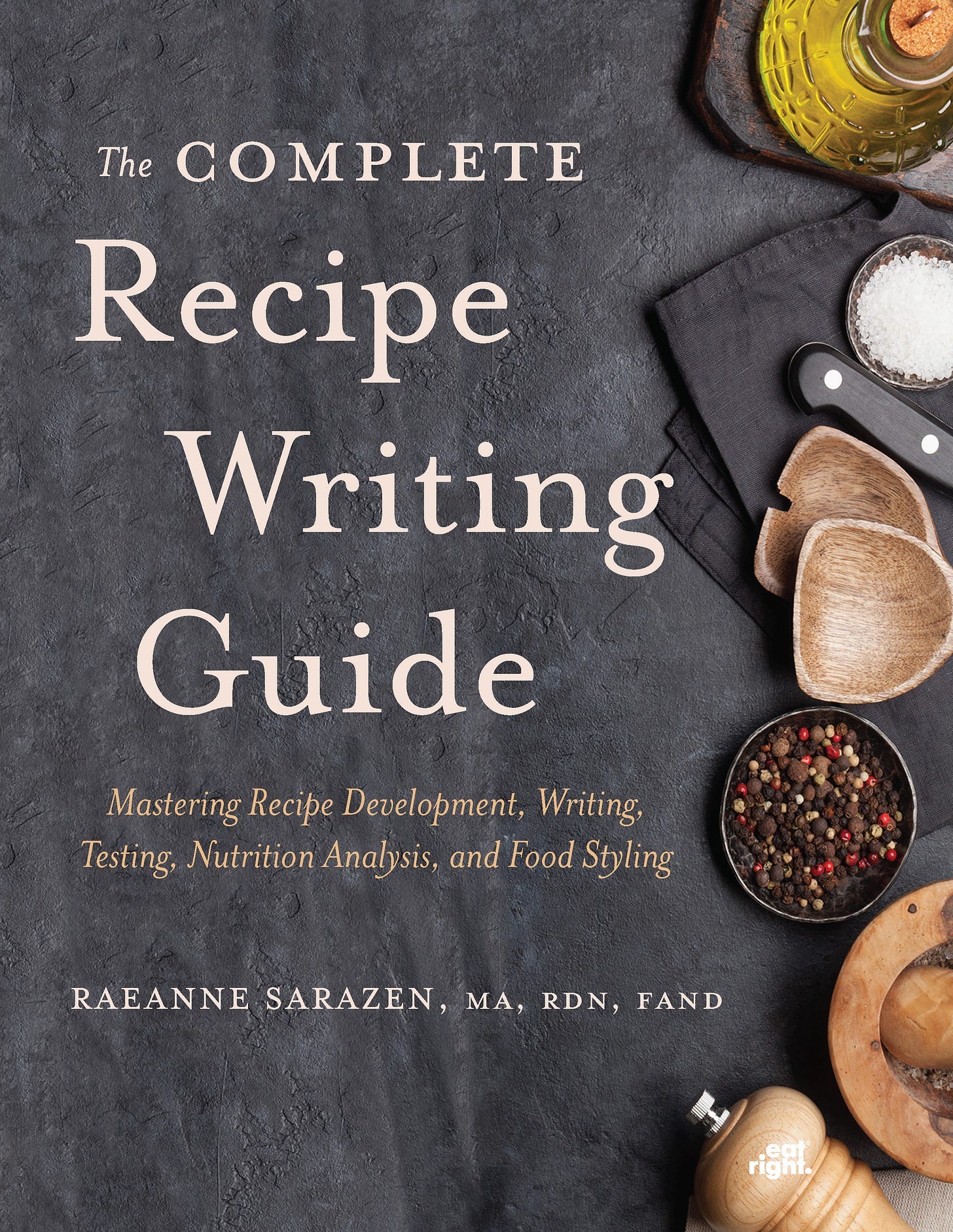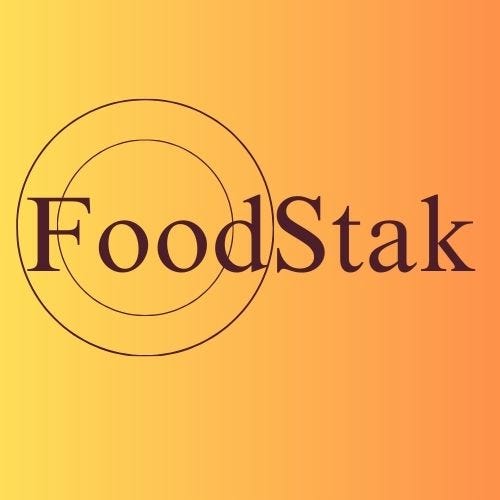This interview with a food-writing expert was conducted by Rachel Ciordas. She writes Next Level Gluten Free newsletter and works to make gluten free living more delicious every day. You can see more of her work and subscribe at
Hello Dear Friends,
Its time for another Expert Interview here in Foodstak This time I bring you
, who wrote an award winning book on recipe writing. It is quite the tome and I find myself consulting it time and again.She’s a powerhouse chef, registered dietitian, consultant, author, recipe developer and so much more. After initially meeting Raeanne at a conference, we’ve kept in touch and I know you’ll appreciate her experience and broad range of knowledge.
Below you can see my interview with Raeanne:
Rachel: Can you start off by telling us a little bit about your professional background?
Raeanne: My name is Raeanne Sarazen, and I am a registered dietitian and classically trained chef, and I've worked in the food industry for over 25 years
I've worked in a lot of different capacities. I’ve worked as a clinical dietician in hospitals, as a chef in restaurant kitchens, and I've worked in publishing as a food writer, food editor, and test kitchen professional. Every capacity that I worked in, though different, had recipes that were central to the job.
Rachel: So, then you wrote a book: ‘The Complete Guide to Recipe Writing ‘– I love my copy. What was the inspiration for your book?
Raeanne: I did not have it as a lifelong dream to write this book, but the Academy of Nutrition and Dietetics reached out to me. They wanted a book for their members who were starting to work more frequently in areas that they needed to have recipes.
People who worked with PR companies, in food companies, many writers of blogs and Substacks, but they didn't have necessarily the culinary background or importantly, the guidelines to produce good recipe content, including, you know, standards for how to write a recipe.
When I was writing it, I knew it wasn't just for dieticians. I knew that there were so many people who were chefs working in restaurants who didn't know how to write recipes. I knew food writers that were incredible writers that couldn't write a great recipe. I knew dieticians and healthcare professionals who knew a lot about food and nutrition, but they didn't know how to write a recipe.
That’s what made me unique in putting this book together is that I do have the culinary background, the healthcare background, and the food writing background as well.
Rachel: I noticed your book has a chapter dedicated to food styling and photography, I thought that was so interesting, why did you decide to include that information with the nitty gritty of recipe development?
Raeanne: I think it's very related. Over the years, and I know you've seen this, many people care more about the picture and the video. They care about the entertainment aspect of recipes.
My book is not about entertaining, but it's about how to, you know, be ready for print. You need photos and possibly video to do that. You have a structure to what you're going to do, and that goes hand in hand with recipe writing. It’s very beneficial for recipe writers to create a structure.
I can tell you a funny story. My son's girlfriend is doing, gluten free baking on Instagram, just for fun. English is not her first language. She is being asked by everybody on Instagram for the recipe. I spent, time taking her through basics on how to structure her recipes.
But she put, her list of ingredients that enabled her to make the recipe into Chat GPT. The AI spit out something for this chocolate babka recipe. It’s a page and a half or two pages long. I edited that AI because it wasn't that accurate or clear, but it was a great starting point. I saw that if you have the structure and understand recipe writing guidelines, AI can make your job in recipe writing perhaps quicker as a starting point, but you still need to edit and make it your own. It’s not accurate and it’s in “nobody’s voice.” You still need the human, but it can help you where you need it to.
You can start with entertainment but need reproduceable recipes. That's how you keep people coming back, having quality work.
Rachel: I’m waiting for AI to come do the drudgery work for me, when is it going to wash the dishes? That’s what I really need.
A lot of the chapters that you have written here, are about taking classic recipes or classic dishes and modifying them either for allergies or for a certain health need. Can you tell me more about what the pitfalls for that you see people running into or the errors that you see people making when they're modifying existing recipes?
Raeanne: My approach is very flavor focused, taste first, always. So, no matter what diet restriction or anything that you may have in your life to contend with, if something doesn't taste good, it’s irrelevant if it meets the dietary restriction.
Whenever I think of recipes, I always think of not what to remove, but sort of what to add and what to add to make it more flavorful, more nutritious.
In some circumstances you have to remove, for an example, something for allergies or celiac disease that’s more challenging because it's removing something and then recreating the structure and flavor. That takes a lot more trial and error. It still really matters what it tastes like. If you can't recreate something, then just create something new. If you can't make a great croissant, then make a great muffin.
Rachel: I love that point of view, don’t settle.
Raeanne: Food is such a pleasurable part of life. I think even when I approach any kind of recipe I start with empathy. Empathy for your readers the future creator of that food, keeping them totally in mind.
When I think about recipes, that's the very first thing I think of, who is my audience, who’s using this recipe because I can follow all the recipe writing rules but if the reader doesn’t understand or have access to those ingredients you aren’t reaching your audience.
I think you really must know who they are in real life. And be empathetic to their time constraints, their cooking skill constraints and teach them in the recipe.
Rachel: What is your top tip for people who are writing recipes?
Raeanne: My top tip is to write the ingredients in the order they are used. And write the directions in the order that the ingredients are listed. It sounds so simple, but you'd be surprised that that rule is often not followed, even in big organizations, many cooking websites, even cookbooks and it can be very confusing for the readers.
Rachel: Talk to me about recipe testing. How many times does a recipe need to be tested before it’s published?
Raeanne: I'll tell you what would happen in the ideal world, and then in the real world.
In the ideal world, you would test your recipe yourself many times to make sure that it works for you. After that, it's good to have outside testers because they will catch things that you just instinctively know that aren’t in the recipe. Having somebody else test it is super eye opening.
Rachel: That’s in the ideal world, what about the real world that’s always crunched for time and social media platforms are always hungry for new content?
Raeanne: I think at a minimum for professional for your professional reputation, you should at least test the recipe once and make sure it really works.
Rachel: Oh, my goodness. Yes. Don't put out any recipes you haven't made!
Rachel: How do people stay in touch with you? How do they buy your book?
They can keep in touch with me at www.raeannesarazen.com. I’m on Instagram @rsarazen You can also buy the book on Amazon, or through the Academy of Nutrition and Dietetics – dietitians can get a discount there.
This interview has been edited for clarity and length.
Other Links;
Main Library (List of Food Writers) | Recipes | Kitchen Tips | FSL Index | Q&A: Other People’s Kitchens | Q&A Other People’s Bookshelves | FoodStak Reads | Recommendations








that’s such a thoughtful and great interview! Drafting a recipe is such an art and omg i not all are making it to a standard…
Such a good interview! And I agree with her tip "list the ingredients in the order they are used." Whenever I come across a recipe that doesn't, it just drives me mad, lol!